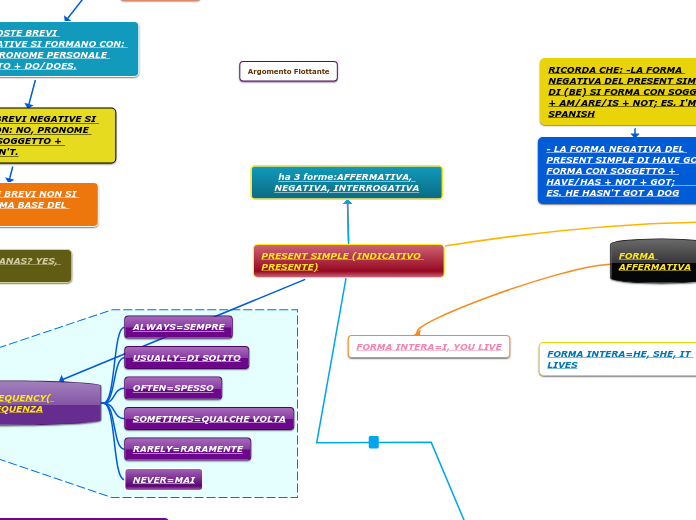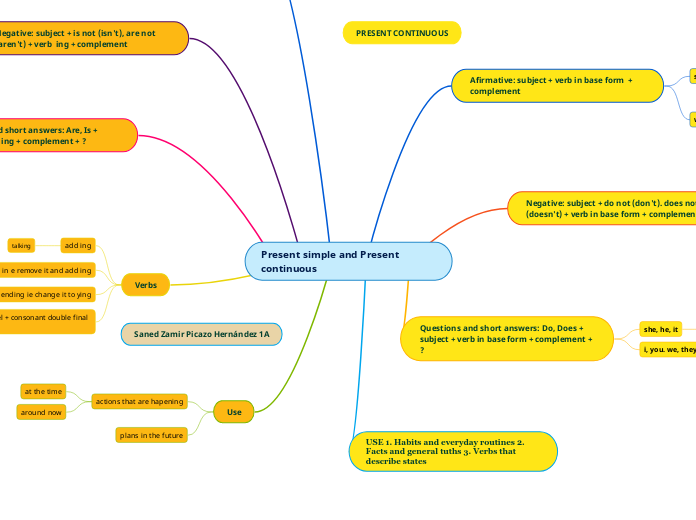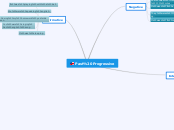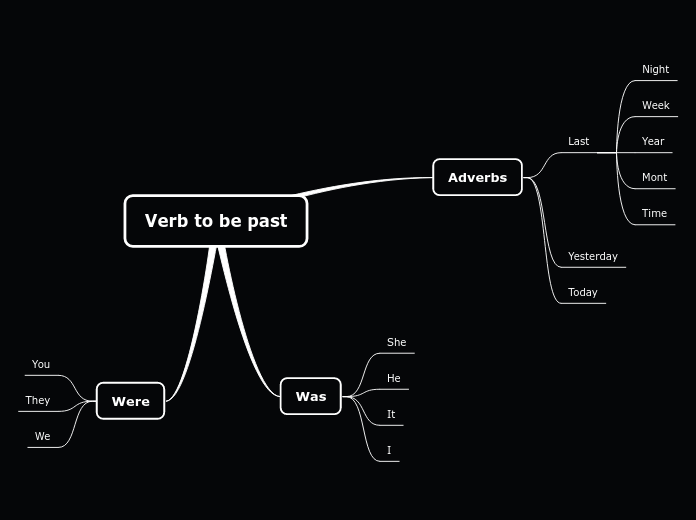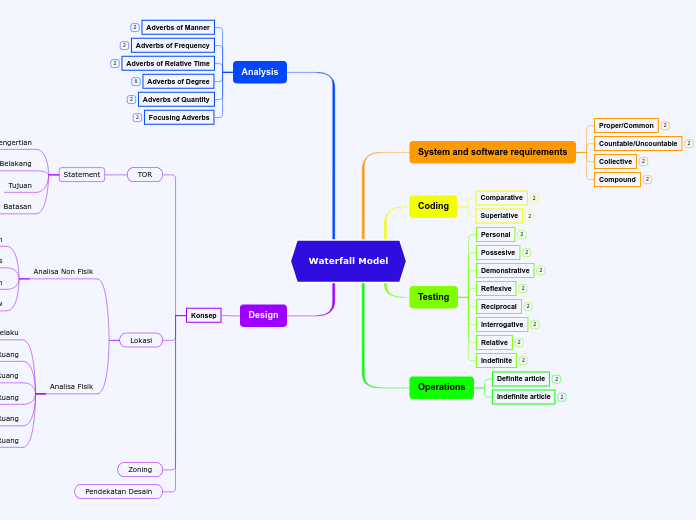av Saidi Rayan för 3 årar sedan
371
PRESENT SIMPLE (INDICATIVO PRESENTE)
This text provides a detailed explanation of the rules for constructing negative, affirmative, and interrogative sentences in the present simple tense in English. It outlines the formation of negative sentences with the verb "
